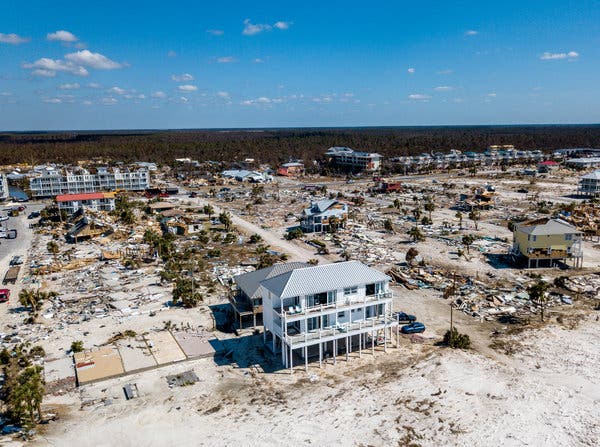Road Guy
Well-known member
I saw this house on the news and then later saw the news story about it - pretty interesting that the one built above all the codes & with concrete walls withstood the hurricane.. although it looks like some others are still standing but it looks like it saved the house behind it maybe-

https://www.nytimes.com/2018/10/14/us/hurricane-michael-florida-mexico-beach-house.html

https://www.nytimes.com/2018/10/14/us/hurricane-michael-florida-mexico-beach-house.html






















